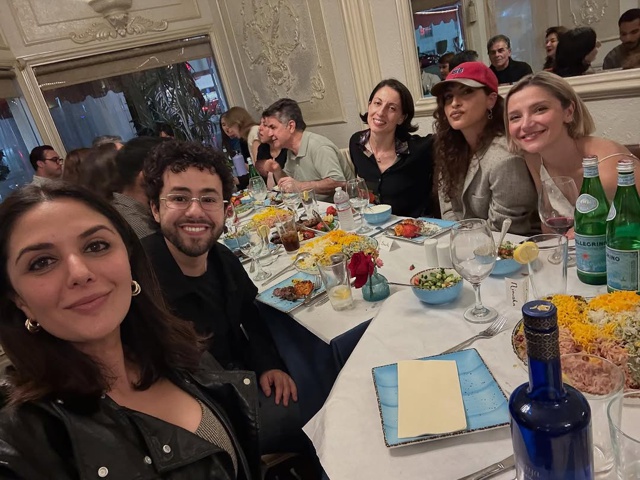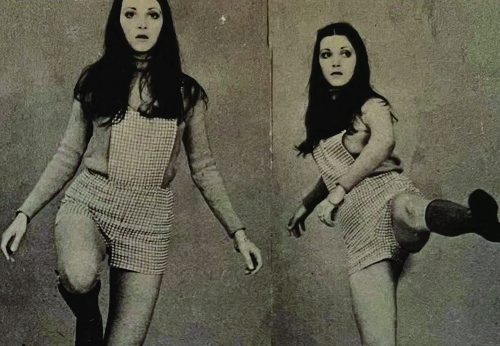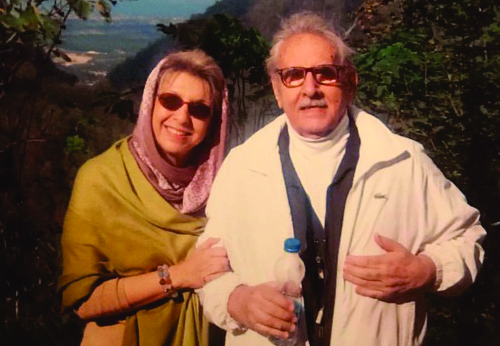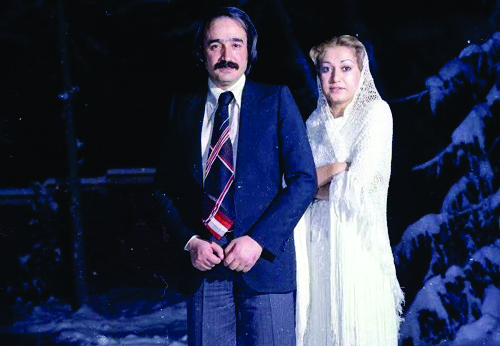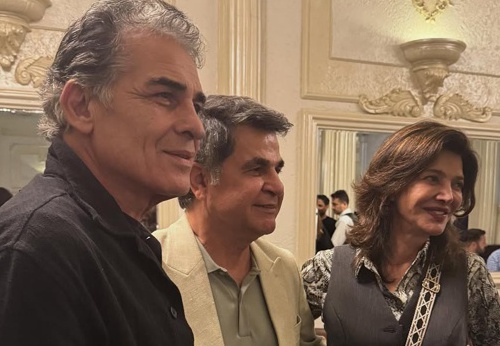Cinema Without Borders
His talks have emphasized that censorship is not confined to one country — it exists wherever fear dictates what can be said, shown, or imagined. In this sense, Panahi’s story is universal: it belongs to every artist who has fought for the right to tell the truth. These events are more than cinematic showcases — they are gatherings of solidarity. Filmmakers such as Martin Scorsese and Ava DuVernay have publicly praised Panahi’s courage, describing his body of work as “proof that cinema can be both an act of creation and of resistance.”
Panahi’s stories often center on people who have no power: women denied autonomy, children navigating moral contradictions, citizens trapped in invisible walls. His characters speak softly, yet their silence is deafening. Through their lives, he exposes what he once called “the architecture of everyday oppression.” In the U.S., these themes resonate deeply — especially among immigrant and activist audiences who understand exile, identity, and the yearning for expression.
